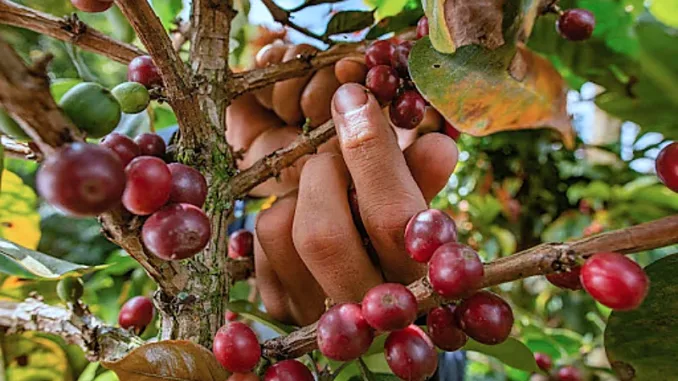
Today, we unveil the story behind the Caripe variety and its significance for the Venezuelan coffee industry.
BY VASILEIA FANARIOTI
SENIOR ONLINE CORRESPONDENT
Featured photo by Carlos Felipe Ramírez Mesa via Unsplash
In the heart of Venezuela, nestled among the picturesque states of Monagas, Anzoátegui, and Sucre, lies a legacy deeply rooted in coffee cultivation. This legacy, spanning three generations, has recently seen a significant breakthrough with the recognition of the Caripe variety, a result of meticulous research and dedication.
Yndira Buonaffina Malavé, the daughter of a visionary agronomist and coffee pioneer, spearheads the Caripe Variety Project. Today we’ll delve into the project’s fascinating journey of discovery, scientific validation, and the promising future this recognition holds for the Venezuelan coffee industry.
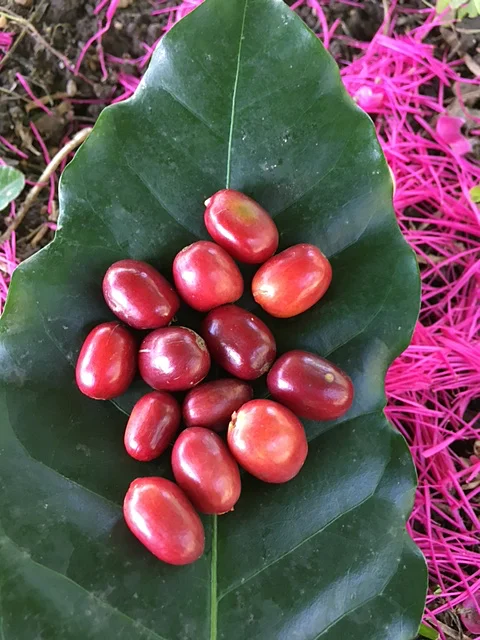
The Origins of Caripe
In 1958, after completing his studies in Agricultural Engineering at the University of Sao Paulo in Brazil, Gustavo Buonaffina, a member of a well-established Venezuelan coffee-producing family, undertook a mission to revitalize and expand coffee cultivation in the town of Caripe. Intrigued by unusual groups of plants, he suspected hybridization between the Typica and Bourbon varieties already present in the region.
However, the lack of detailed genetic studies at the time left this hypothesis unexplored. “Over the following years, observations and records were maintained and even included in the literature of the time, such as Jaime Henao Jaramillo’s El Café en Venezuela, among others. Unfortunately, detailed genetic and morphological studies were not possible at that time,” Yndira says.
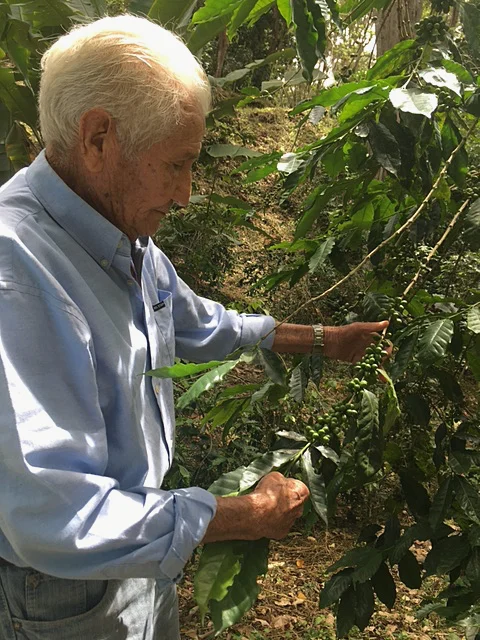
The Journey to Recognition
Fast forward to the present day. Gustavo’s daughter, Yndira, took it upon herself to compile all available information and preserve her family’s coffee legacy. Initiating collaboration with research organizations like the Central University of Venezuela (CUV) and World Coffee Research, and guided by Professor Catalina Ramis from the university’s Institute of Genetics, a comprehensive fieldwork plan was executed. This effort confirmed that a new coffee variety, named after the town of Caripe, met all necessary genetic and morphological parameters that science demands for classification and recognition.
Impact and Prospects for Venezuelan Producers
Last October marked a milestone in Venezuelan coffee cultivation as Caripe was recognized as the first Venezuelan coffee variety to be included in the Coffee Varieties Catalog by World Coffee Research, a renowned international organization dedicated to the scientific study of coffee. This recognition represents a notable accomplishment for the entire Venezuelan coffee industry.
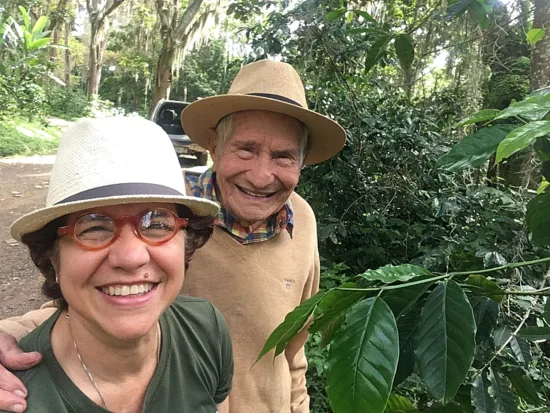
“In our family, we are proud to have achieved this recognition,” Yndira says. “We are coffee people, and it is an honor to offer Venezuela this new perspective for the well-being of many whose livelihoods, passion, and way of life revolve around coffee.” She also points out that the newfound confidence among coffee growers in Venezuela, fueled by a sense of national identity, encourages sustainable agricultural practices. The recognition offers traceability, and also opens the door to international markets.
But the journey doesn’t end here. Yndira tells me that the next phase involves the establishment of a germplasm bank, progressively expanded to guarantee seed production from plants with superior genetics. Ongoing research support through trials aims to strengthen and overcome controlled weaknesses and susceptibilities of the variety.
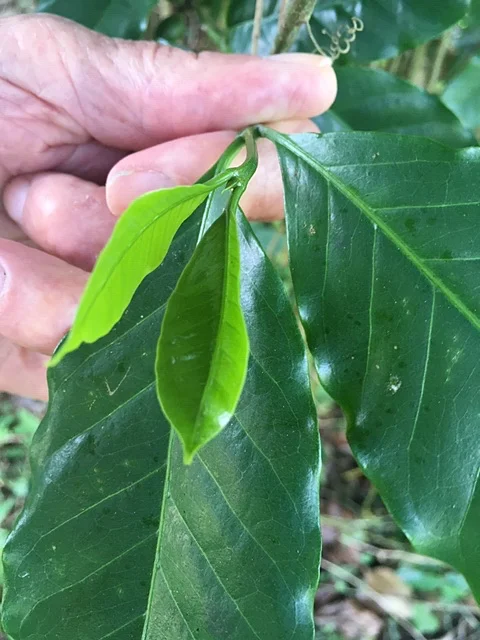
Protecting Future Generations
In gaining recognition on the international stage, the Caripe variety signifies a triumph for the Buonaffina family. But it also underscores the crucial role of discovering new coffee varieties in the industry. In an era of climate uncertainties, the resilience and distinct attributes of such hybrids become paramount.
The Caripe variety stands as a testament to the potential for innovation and adaptation in the face of industry challenges. Its success illuminates a path for future discoveries that can contribute to the sustainability and diversification of the global coffee landscape. This will help ensure a robust and dynamic industry for generations to come.
ABOUT THE AUTHOR
Vasileia Fanarioti (she/her) is a senior online correspondent for Barista Magazine and a freelance copywriter and editor with a primary focus on the coffee niche. She has also been a volunteer copywriter for the I’M NOT A BARISTA NPO, providing content to help educate people about baristas and their work. You can follow her adventures at thewanderingbean.net.
Subscribe and More!
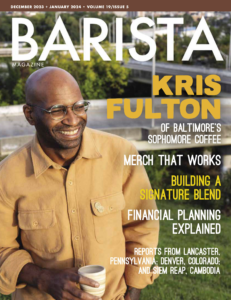
Out now: It’s the December 2023 + January 2024 issue! Read it for free with our digital edition. And for more than three years’ worth of issues, visit our digital edition archives here.
You can order a hard copy of the magazine through our online store here, or start a subscription for one year or two.

